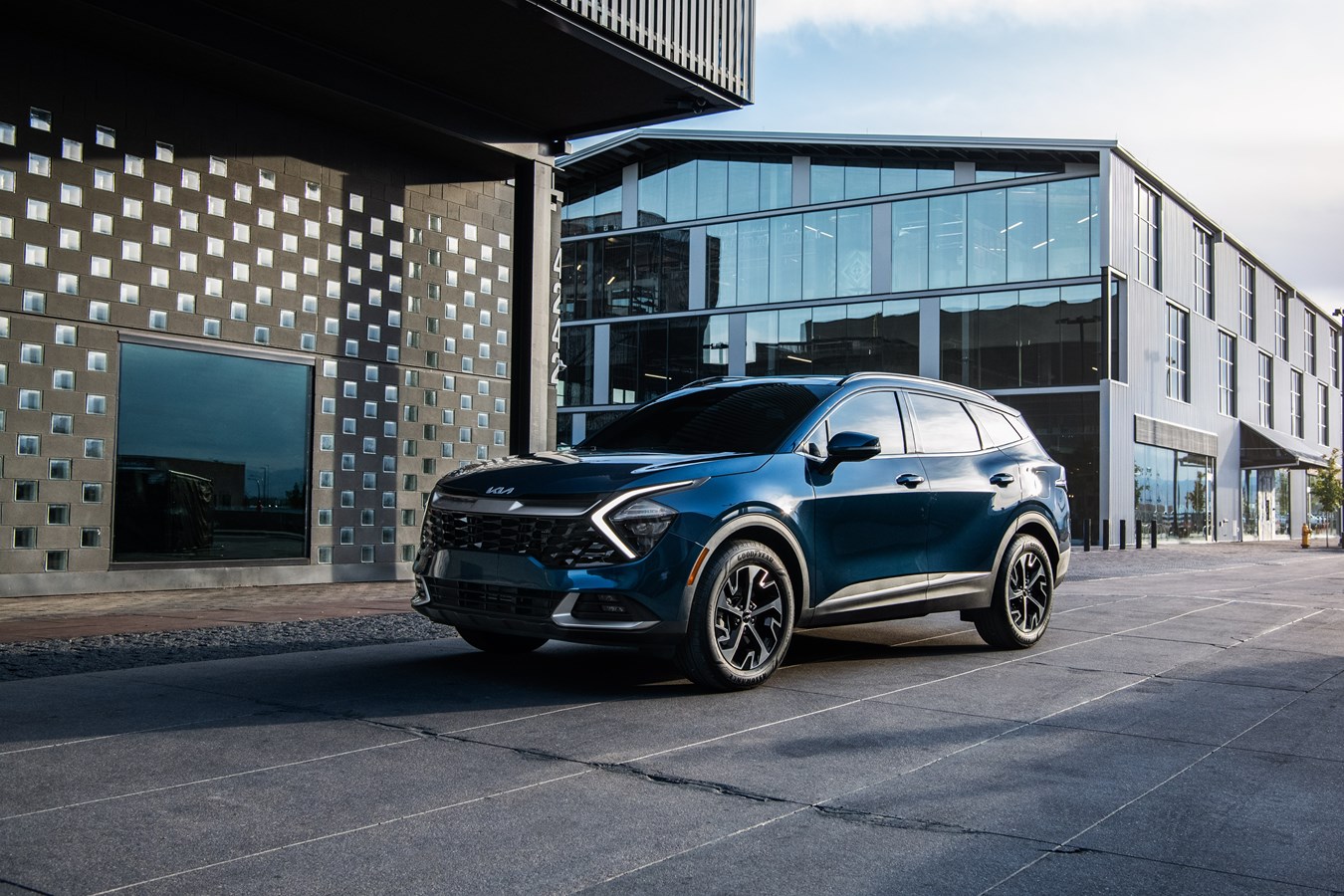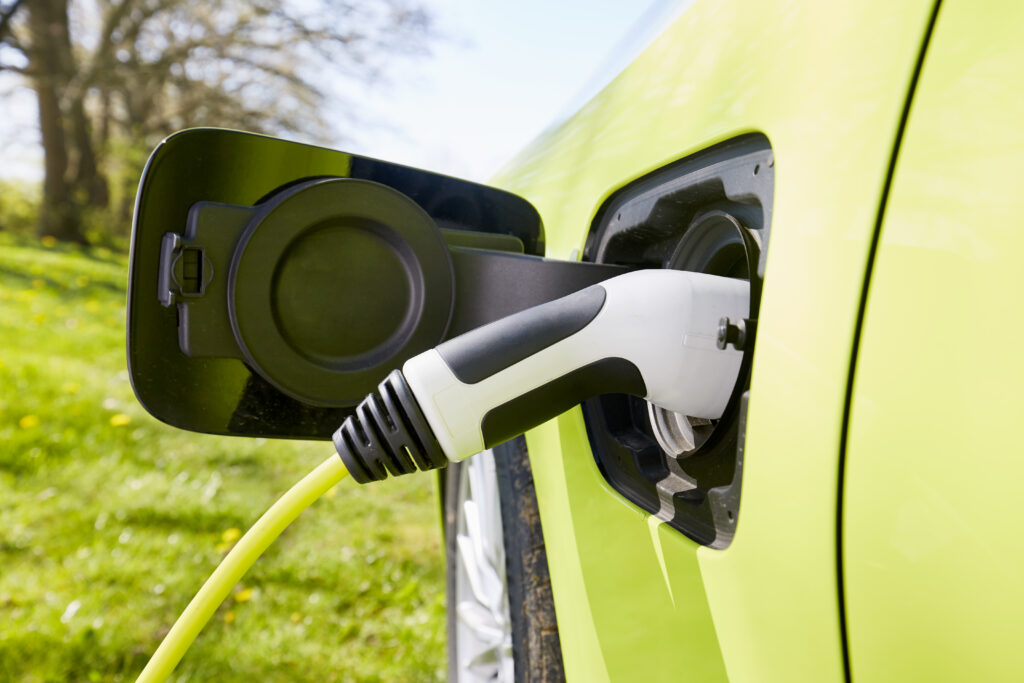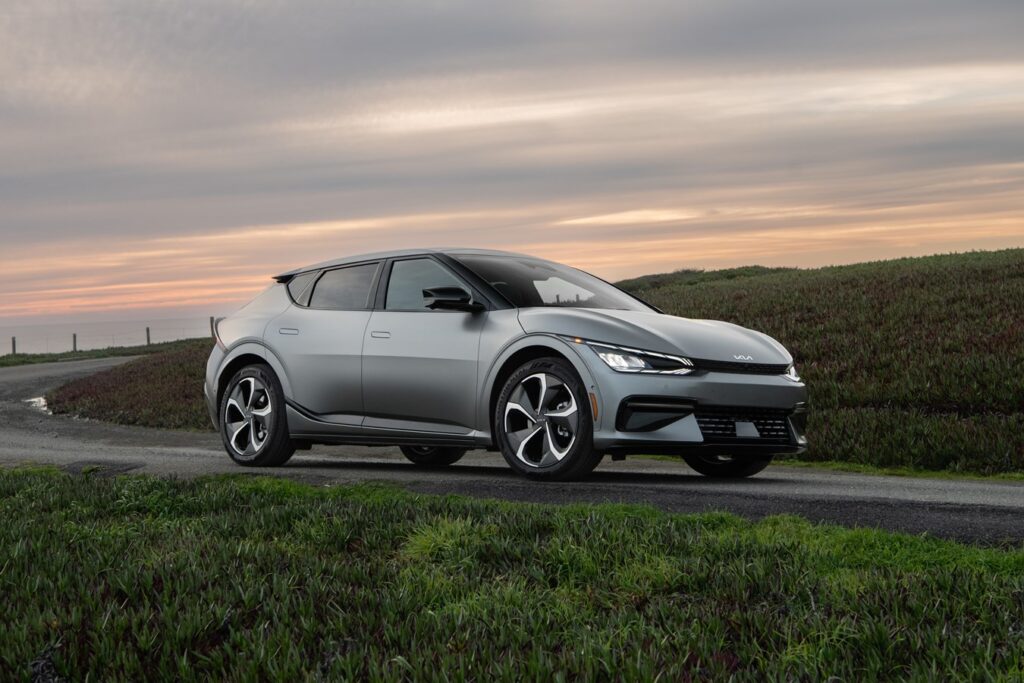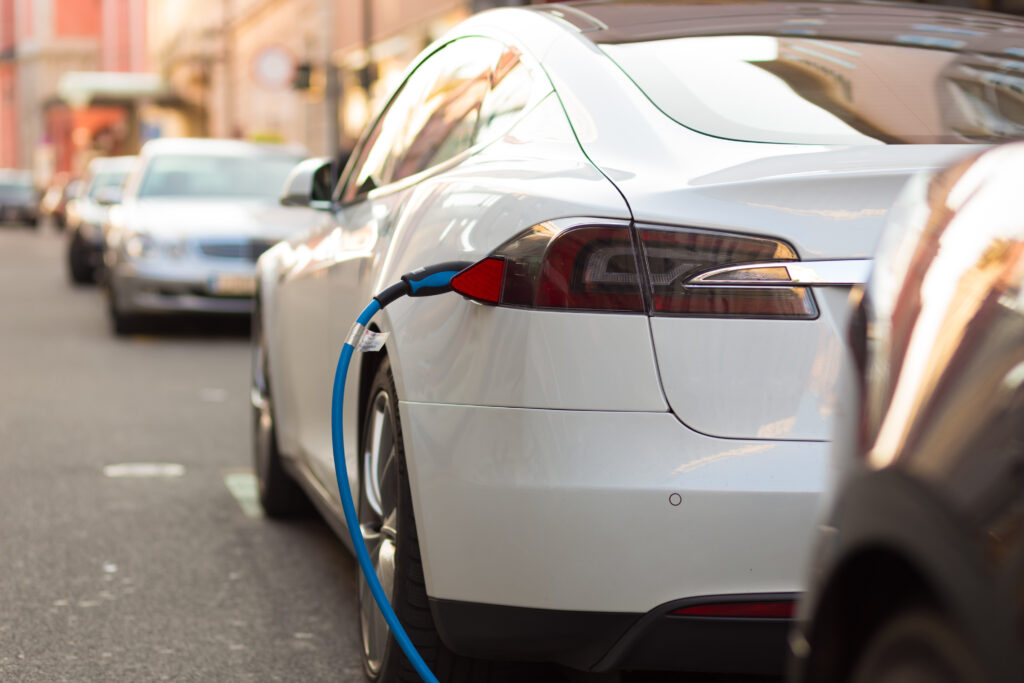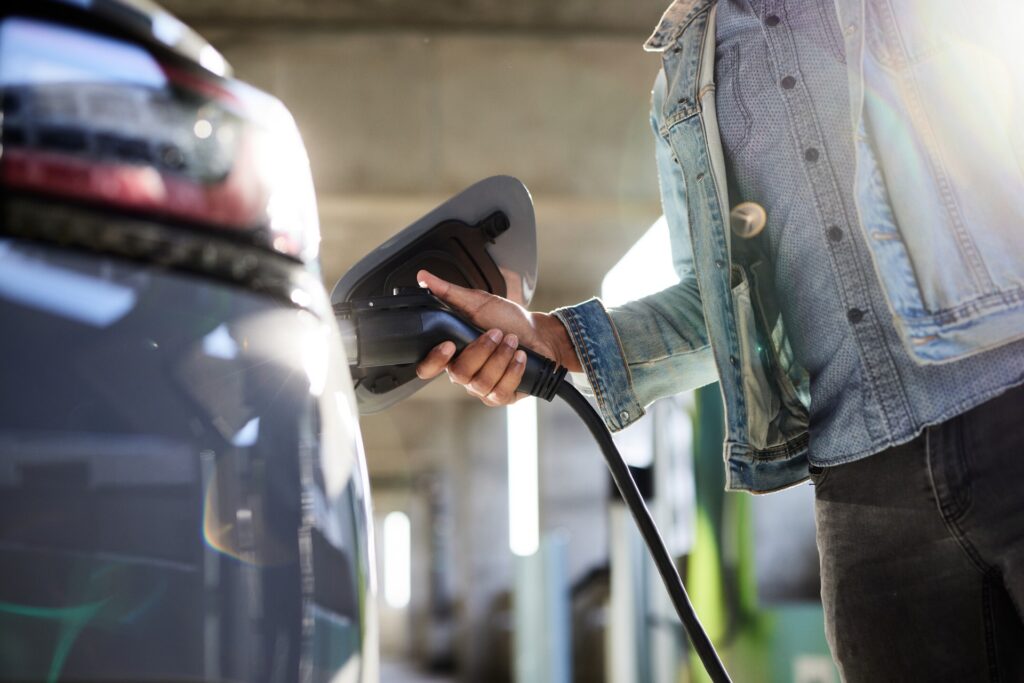
The environmental toll of electric car batteries begins before the product is even assembled, most notably in the mining of its active material, lithium. To extract lithium from the earth, an immense amount of water is pumped down into salt flats, bringing mineral-rich saltwater to the surface. Lithium is filtered out of the mixture left behind after the water evaporates.
This water-intensive process is problematic for several reasons, including its potential to contaminate the water supply. Further complicating the issue is the location of these mines, many of which are found in desert regions of Australia and China. More than half of the earth’s lithium supply, however, is an area called the Lithium Triangle, spanning Andean Mountain sections of Argentina, Bolivia and Chile. The area is one of the driest places on the globe, and lithium mining consumes as much as 65% of the region’s water, according to the United Nations.
Lithium isn’t the only potentially hazardous electric vehicle battery material. The process of mining for cobalt, the majority of which is done in the Democratic Republic of Congo, produces hazardous byproducts that can toxify the environment. Cobalt mine sites often contain sulfur, which generate sulfuric acid when exposed to air and water. This process wreaks havoc on rivers, streams and aquatic life, creating damage that can last for hundreds of years, according to the United Nations.
Because of methods required to mine for its raw materials, and their subsequent environmental effects, battery production is likely the most environmentally damaging stage in the manufacturing of electric vehicles. Research by the International Council on Clean Transportation (ICCT) found battery manufacturing to account for 15% to 20% of an EV’s life cycle emissions.
If you remove the lithium battery from the equation, production of electric- and gas-powered vehicles is very similar and thus, have nearly identical effects on the environment. Its inclusion, however, makes electric vehicle manufacturing slightly less environmentally friendly than that of gas-powered vehicles.
Critics of electric vehicles are often quick to point out that green vehicles aren’t, in fact, green. They are charged by an electrical grid likely powered by fossil fuels. This is true. Unless the electricity utilized to power an electric car battery is derived entirely from renewable energy, there are emissions associated with it.
But electric grids across the country are shifting to a mix of natural gas, wind and solar power. Currently, nearly 20% of the electricity in the country is powered by renewable energy, according to the United States Environmental Protection Agency. (Close to home, nearly 17% of New England’s electrical grid and 40% of upstate New York’s is fueled by renewable sources.) Regardless of where you live, you’re likely getting at least some of your power from green energy.
Even accounting for electricity emissions, however, research shows that an electric vehicle is typically responsible for lower levels of greenhouse gases than an average new gasoline car due to the complete absence of tailpipe emissions over the entirety of the car’s lifespan. As it turns out it takes only 1.4 to 1.9 years for an EV to equal and then pass gas-powered cars in terms of emissions reductions.
Electric and internal-combustion vehicles have drastically different environmental effects when the cars are in use. But when it comes to recycling, the situation is completely reversed. As little as 5% of the world’s lithium batteries are recycled, according to the American Chemical Society, a stark contrast to the 99% of lead car batteries recycled here in the U.S.
The dearth of recycled lithium batteries has significant economic repercussions, but it also takes a dire toll on the environment. Most lithium batteries end up in landfills, where their hazardous components can leak into the soil and groundwater. Landfills are also a major contributor of greenhouse gas emissions, the EPA reports. Recycling would also limit the need for mining raw materials, an environmentally destructive stage in an electric car battery’s lifespan.
So why are so few lithium car batteries recycled? In short, because it takes a lot of time, money and effort. Unlike lead batteries, there’s no standardization when it comes to lithium car batteries. They often vary in size, shape and component ratios from one manufacturer to another. Each one, therefore, needs to be broken down in a different manner, creating a highly labor- and energy-intensive process. Making matters worse, battery packs are not designed to be disassembled. They can contain several thousand individual battery cells plus a complex system of circuitry and sensors. All of these components are tightly packed together and secured in a plastic or aluminum case.
Like other aspects of electric vehicles, lithium battery recycling finds itself stuck in a chicken-and-egg problem. Because of the hurdles, governments and private companies have been hesitant to invest in large-scale recycling programs, but improving recycling efficiency won’t occur without such efforts. We are beginning to see some changes, however. In 2019, the Department of Energy announced the creation of the ReCell Center, the government’s first lithium battery recycling research center, dedicated to developing a cost-effective, environmentally sound recycling process that “will help enable the United States to compete in a global recycling industry and also reduce our reliance on foreign sources of battery materials.”
Environmentally speaking, electric vehicle batteries are far from perfect: assembling them depletes the Earth of its natural resources; manufacturing them is energy intensive, charging them requires dirty energy; recycling them is nearly impossible. Once they are operating, though, they are safer and more reliable than many people believe.
So, in short, electric vehicles are the more climate-friendly choice. That said, there’s room for improvement. More efficient manufacturing methods, greener electric grids and improved recycling options would benefit electric car batteries – and the environment – going forward.
AAA’s Recommendation: Whether you own an electric vehicle or a gas-powered car is up to you – and you should consider lots of factors in making that choice. No matter what type of vehicle you’re choosing, we recommend visiting a dealership, test driving one, and asking as many questions as possible to make an informed decision.











